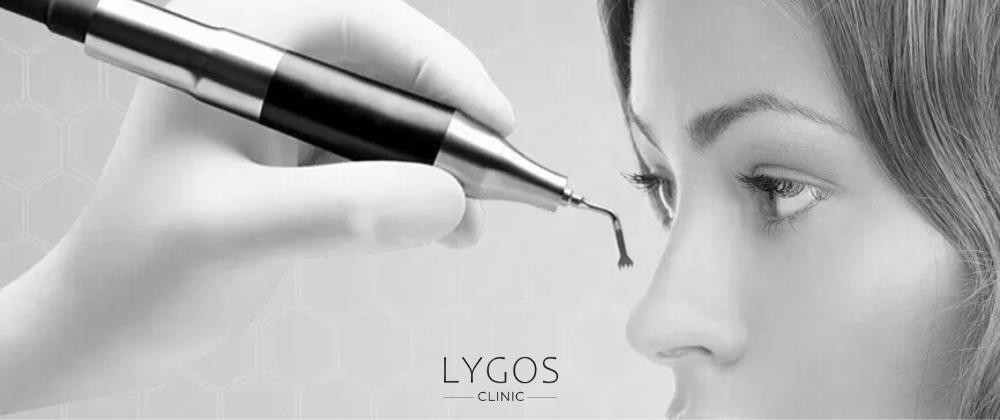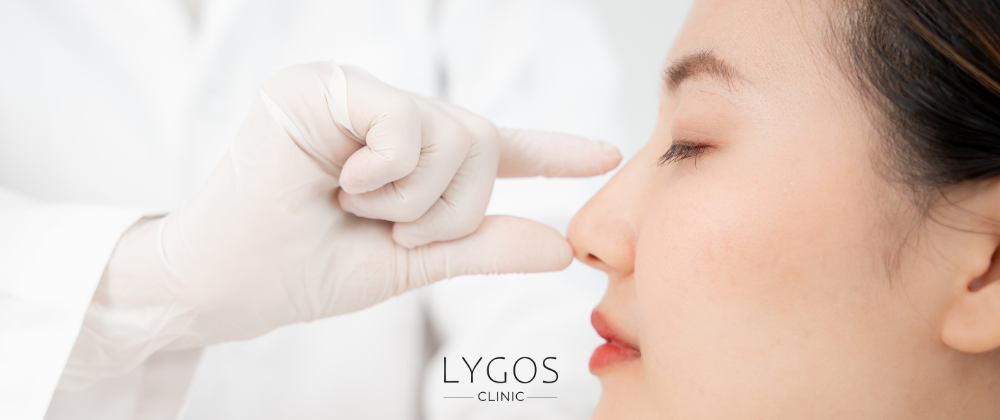Piezo (Ultrasonic) Nose Aesthetics | What is Piezo Rhinoplasty?

Chose Your Topic
Piezo (Ultrasonic) Nose Aesthetics
With advancing technology, innovations in aesthetic surgery continue. One of the most modern and precise techniques in nose aesthetics is Piezo (ultrasonic) nose aesthetics. This method is less traumatic compared to traditional surgical techniques, offering patients a more comfortable recovery process. So, what is Piezo nose aesthetics, and who is it suitable for? Here are the details:

What is Piezo Nose Aesthetics?
Piezo nose aesthetics is a modern rhinoplasty (nose aesthetics) method that shapes bone tissue more precisely using ultrasonic sound waves. In this technique, ultrasonic vibrations replace traditional bone-cutting tools. This ensures that soft tissues and blood vessels remain undamaged, reducing post-surgery bruising and swelling.
This technique offers significant advantages, especially in bone rasping procedures. Traditional tools used for cutting bones may cause more damage to the bone surface, whereas Piezo technology focuses only on bone tissue, preserving surrounding tissues. This makes the post-surgery recovery process more comfortable.
How is Piezo Nose Aesthetics Performed?
The steps of Piezo nose aesthetics are as follows:
- Examination and Planning: The patient’s nasal structure is examined in detail, and a surgical plan is created based on their expectations. Factors such as facial features, skin structure, and aesthetic concerns are considered in this process.
- Anesthesia: The procedure is usually performed under general anesthesia. However, in some cases, sedation may also be preferred.
- Incisions: Open or closed techniques are used to access the nasal structure. In open rhinoplasty, the nasal tip is fully exposed, whereas in closed rhinoplasty, incisions remain inside the nostrils.
- Bone Reshaping with the Piezo Device: Ultrasonic vibrations are used to precisely reshape the nasal bones. This step involves bone rasping, cutting, and thinning.
- Suturing and Fixation: After the necessary adjustments, stitches are placed, and a nasal splint is applied. The support tampons inside the nose may be made of special materials that facilitate breathing.
- Recovery Process: The patient is monitored after surgery and follows post-operative care instructions for a smooth recovery.

Advantages and Disadvantages of Piezo Nose Aesthetics
While Piezo nose aesthetics offers several key advantages over traditional rhinoplasty methods, it also has some disadvantages. Those considering this procedure should carefully evaluate both aspects.
Advantages:
- Less Bruising and Swelling: Since soft tissues and blood vessels remain undamaged, post-surgery complications are minimized.
- Precise Tissue Reshaping: The ultrasonic technology allows for precise shaping of the bones.
- Faster Recovery Process: Compared to traditional methods, patients recover more quickly.
- More Natural Results: Piezo technology enables shaping that is more aligned with the natural nasal structure.
- Reduced Bleeding: Since the Piezo device only affects bone tissue, bleeding during surgery is minimized.
Disadvantages:
- Cost: It is more expensive compared to traditional nose aesthetics.
- Requires Specialized Expertise: The Piezo method requires specific expertise and cannot be performed by every surgeon.
- Longer Surgery Duration: The Piezo method allows for more precise procedures, which may slightly extend the operation time compared to traditional rhinoplasty.
Piezo Nose Aesthetics Prices
The cost of Piezo nose aesthetics may vary depending on several factors:
- The surgeon’s experience
- The location of the hospital or clinic
- The scope of the surgery and additional procedures
- The techniques and materials used
As of 2025, the average cost of Piezo nose aesthetics in Turkey ranges between 100,000 TL and 150,000 TL. To obtain an exact price, it is advisable to consult an expert surgeon. Additionally, it is important to check whether the price includes anesthesia, hospital fees, and post-surgery care services.

Who is Suitable for Piezo Rhinoplasty?
Piezo nose aesthetics may be suitable for individuals who:
- Have structural deformities in the nasal bone
- Desire a more precise and natural-looking nose aesthetic
- Have undergone previous nasal surgery but require revision
- Want to avoid post-operative bruising and swelling
- Seek to enhance the overall shape of their nose
However, a detailed examination with a plastic surgeon is necessary to determine whether Piezo nose aesthetics is suitable for an individual.
Post-Surgery Recovery Process for Piezo Nose Aesthetics
After Piezo nose aesthetics surgery, patients can usually return to their daily routines within 1-2 weeks. However, complete recovery may take several months. Here are the key stages of the recovery process:
- First Week: A nasal splint and tampons are used. Mild bruising and swelling may occur.
- Second Week: The splint and stitches are removed, and nasal swelling begins to subside.
- First Month: The new nasal shape becomes more apparent.
- Between 3-6 Months: The nose settles into its final shape.
- 1 Year: Full recovery is achieved.
For a smooth recovery, patients should follow their doctor’s recommendations, avoid factors that slow healing (such as smoking and alcohol), and protect their nose from sudden impacts. Additionally, they should refrain from heavy physical activities for a specific period.
Piezo nose aesthetics has become increasingly popular due to its precision and safety. Individuals considering this method should carefully weigh its advantages and disadvantages. If you are thinking of undergoing nose aesthetics and prefer one of the least traumatic methods, Piezo rhinoplasty may be a suitable option for you. However, before making a final decision, consulting an experienced surgeon is highly recommended.
Piezo Nose Aesthetics Frequently Asked Auestions(FAQ)
Since Piezo technology minimizes tissue trauma, post-operative pain is generally mild and manageable with prescribed painkillers.
The duration of the surgery varies depending on the complexity of the procedure but typically lasts between 2 to 4 hours.
Most patients can return to work within 7-10 days, but those with physically demanding jobs may need a longer recovery period.
Yes, it is considered a safe and effective technique when performed by an experienced surgeon. The risk of complications is lower than traditional methods.
Yes, Piezo technology is commonly used for revision rhinoplasty due to its precision and ability to reshape the nasal structure with minimal damage.


